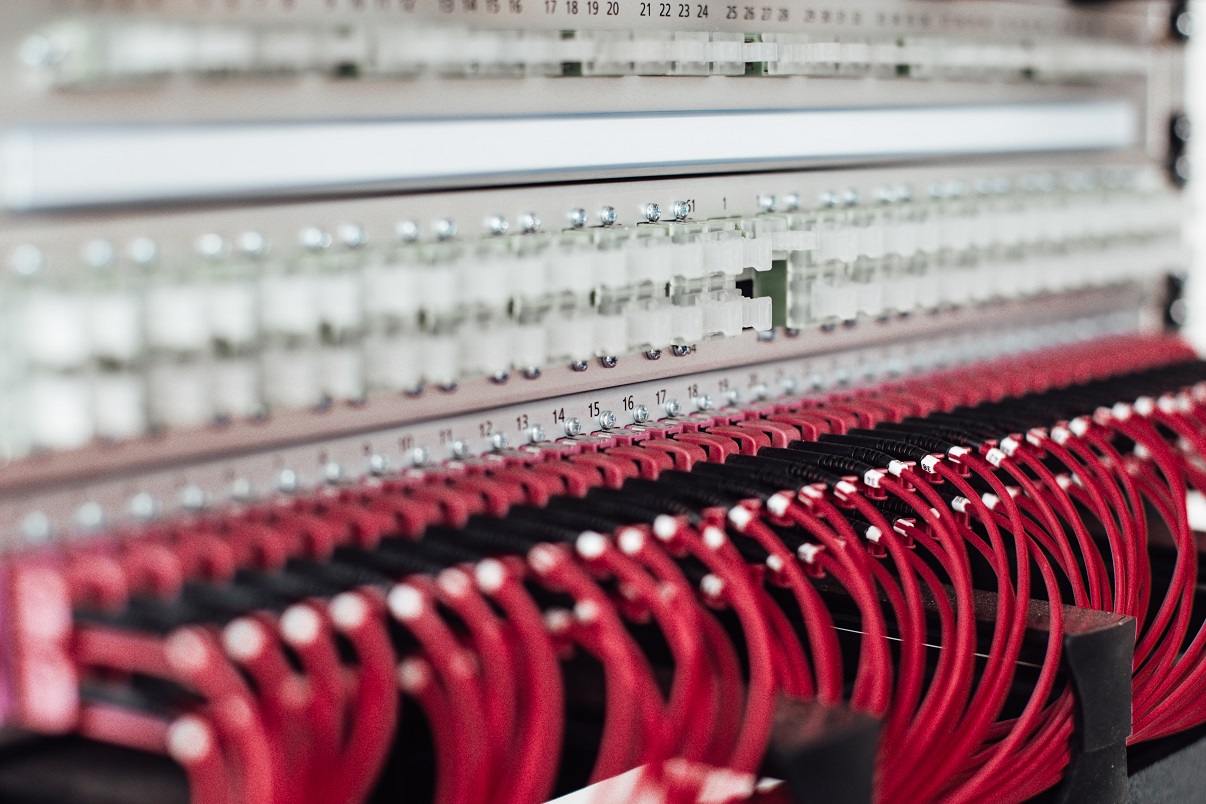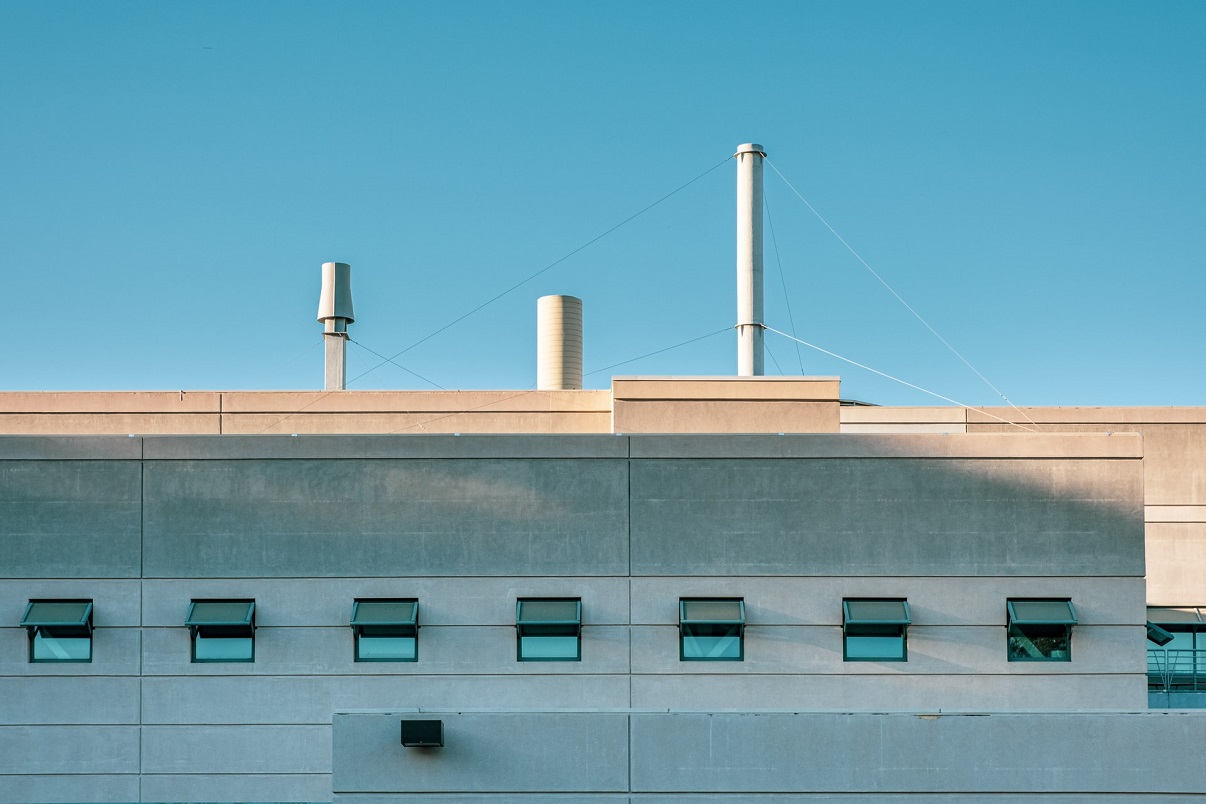Huge data centres are powering our online lives – but they must consider water
It powers the online services we can’t live without, but cloud computing has a real-world footprint. How do we balance our data needs with water scarcity?
From social media to the digital tech transforming industries, our lives are entwined with the internet.
But although we experience these services virtually, cloud computing relies on real-world facilities to store and serve data when it’s needed.
There are more than 100,000 data centres worldwide. Some, like CH1 in Chicago, sit in repurposed buildings and house thousands of servers. The largest, the purpose-built Citadel data campus in Nevada, covers 7.2m sq ft of data space.
These ‘hyperscale’ facilities keep banks, utilities and services online. And with global data demands predicted to grow sixfold between 2018 and 2025, they’re increasingly essential for economic and industrial stability.
In 2016, Google data centres generated $1.3bn in economic activity and 11,000 jobs throughout the United States.
But as much as they bring to the economy, data centres are as complex and energy demanding as any physical city. And therein lies the problem.

How much water do data centres use?
Google estimates needing up to 1.46bn gallons of water a year in 2021 for its new data centre in Red Oak, Texas. In comparison, New York city consumed almost 1bn gallons of water in 2020.
Microsoft reports lower levels of water consumption but again, the bulk of it goes to its data centres. With global water scarcity now a real concern, data hubs are under pressure to use less, more sustainably.
Data centres are water dependent in several ways.
Firstly, there’s direct usage from cooling. This is similar to the way personal computers need fans to keep them cool, but on a site-wide scale. It’s essential to stop equipment overheating – a fact not helped by many centres being built in hot, dry regions.
And cooling servers takes energy. Data centres accounted for 1% of global electricity use in 2019, and this could surge to 13% by 2030. Crucially, traditional energy sources are so water intensive that 75% of a hub’s footprint comes from this indirect consumption.
Global water scarcity has turned a spotlight onto the sector’s sustainability. But it’s also the result of local competition between cities, other industries and data centres in already water stressed regions. How do we balance their needs?

4 ways data centres are addressing water scarcity
Water stressed regions are more prone to power cuts, threatening revenue and costs. It’s no coincidence tech companies have announced they’re already adopting sustainable solutions.
1. Google used to use drinking water to cool its data centre in Douglas County, Georgia, but shifted to recycled water to help conserve the nearby Chattahoochee River. It also recirculates water through cooling systems multiple times.
2. The National Renewable Energy Laboratory data centre halved on-site water use by using a thermosyphon cooler. Switching between this dry cooler and existing wet cooling according to the weather allows better water use and lower running costs.
3. Amazon Web Services’ (AWS) water stewardship includes measuring consumption and using recycled water. On-site water treatment means water can be recirculated more times before it has to be replaced due to mineral build up.
And during cooler months, the company says, outside air is supplied directly to the data centre without using any water.
4. One of the most common first steps for companies is switching to renewable energy sources. In 2020, Facebook drew 75% of its energy from solar and wind power, with much of it powering their data centres.
Switching to clean energy may prove a significant piece of the puzzle. In the US, more water is withdrawn for energy processes than for irrigation (an especially water intensive sector).
With the tech giants already committed to clean energy promises and a carbon-free future, the benefits are likely to cascade to data centres by default.
This may not solve the problem entirely, but it’s a bridge to a more water-aware future, and one more mindful of the communities and industries that drink from the same well.